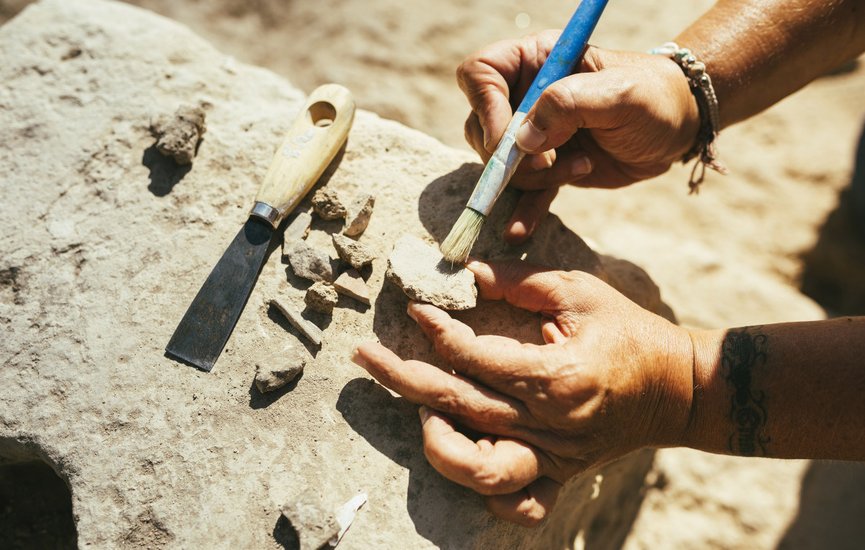Early human ancestors during the Old Stone Age were more selective about the rocks they used for tool-making than previously thought, according to recent research.
Not only did they create tools, but they also had an awareness of where suitable materials were located and planned ahead to collect them, even traveling long distances. Around 2.6 million years ago, early humans developed a method of striking rocks to create sharp flakes for butchering large animals like hippos, which gathered near a freshwater spring in Nyayanga, Kenya.

Photo: Courtesy
Hippo skin was tough, so not all rocks were suitable for making effective tools. Researchers discovered durable blades made of quartzite at the Nyayanga site, traced to locations about 8 miles away. This suggests that early humans had a mental map of the landscape and resource locations.
The study challenges previous assumptions that raw materials were sourced within a mile of the site and highlights the early human ability to think ahead. This is believed to be the earliest known instance of such behavior in the archaeological record.
The toolmakers' exact identity remains unclear, but the study shows that the practice of seeking out the best materials for technology dates back nearly 3 million years, long before Homo sapiens emerged.
